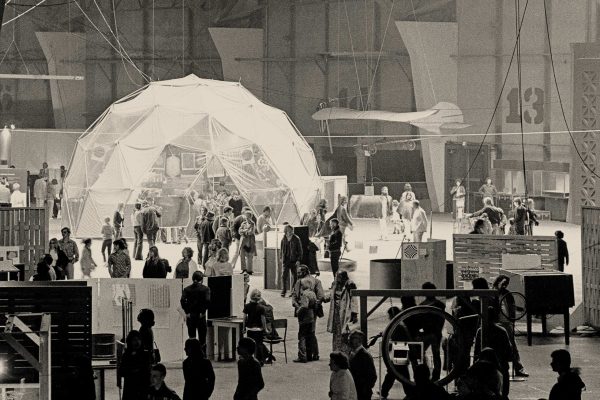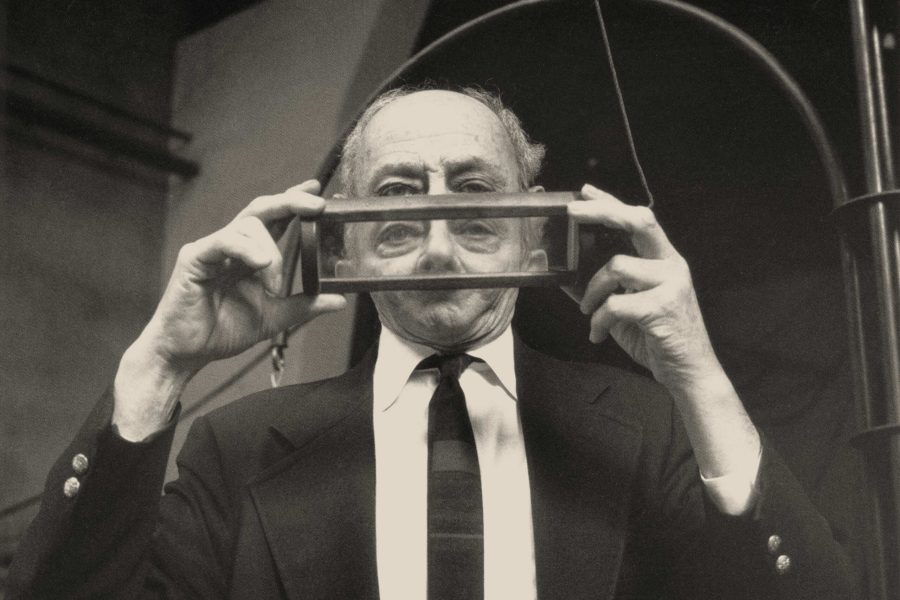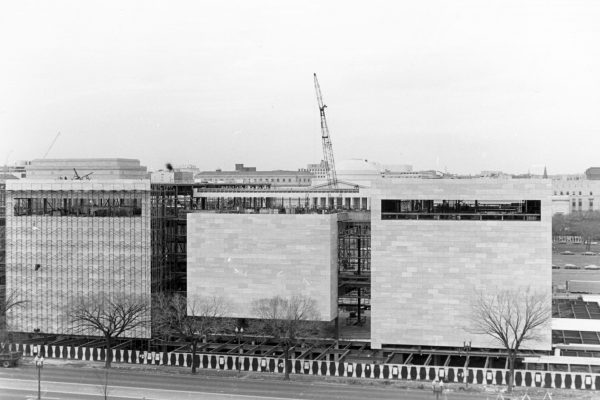Science centers, those captivating hubs of exploration and wonder, have a rich history that spans centuries. From humble beginnings to cutting-edge institutions, the evolution of science centers mirrors humanity’s ceaseless quest for knowledge. Join us on a journey through time as we unveil the captivating history of these intellectual sanctuaries.

Early Roots: Curiosity Cabinets and Enlightenment Salons
The roots of science centers can be traced back to the Renaissance and the Age of Enlightenment. Curiosity cabinets, private collections of rare specimens, scientific instruments, and oddities, were the precursors to modern museums and science centers. These cabinets, often owned by aristocrats and scholars, served as early glimpses into the world of science.
The Enlightenment era witnessed the emergence of public lectures and salons where intellectuals gathered to discuss scientific ideas. These informal gatherings planted the seeds for a more democratized approach to the dissemination of knowledge.

Nineteenth Century:
The Birth of Popular Science Museums
The 19th century witnessed the birth of popular science museums. Institutions like the Deutsches Museum in Munich, founded in 1903, aimed to make science accessible to the general public. These museums combined educational exhibits with interactive displays, setting the stage for the future of science centers.

Mid-Twentieth Century: The Interactive Revolution
The mid-20th century marked a transformative period for science centers. The concept of interactivity took center stage with the establishment of institutions like the Ontario Science Centre in Toronto (1969) and the Exploratorium in San Francisco (1969). These pioneers rejected the traditional museum model, opting instead for hands-on exhibits that encouraged visitors to engage directly with scientific principles.

Late Twentieth Century: A Global Phenomenon
As the century progressed, the popularity of science centers soared globally. Institutions like the Science Museum in London (1857) and the Smithsonian’s National Air and Space Museum in Washington, D.C. (1976) drew millions of visitors. The late 20th century saw the establishment of regional and specialized science centers, each offering a unique blend of education and entertainment.

Twenty-First Century:
Integrating Technology and Innovation
In the 21st century, science centers continue to evolve, integrating cutting-edge technology and innovative approaches to engage audiences. Digital interactives, virtual reality experiences, and collaborative research initiatives have become integral components, reflecting the ever-changing landscape of scientific discovery.
Conclusion: A Tapestry of Discovery and Wonder
The history of science centers is a tapestry woven with the threads of curiosity, innovation, and a commitment to making science accessible to all. From the cabinets of curiosity to the dynamic, interactive spaces of today, science centers stand as beacons of enlightenment, inspiring generations to explore the wonders of the natural world.
As we navigate the future, the history of science centers reminds us that the pursuit of knowledge is a timeless endeavor. These centers, born out of a passion for discovery, continue to spark the flames of curiosity, inviting visitors to embark on a journey of exploration, understanding, and awe.

